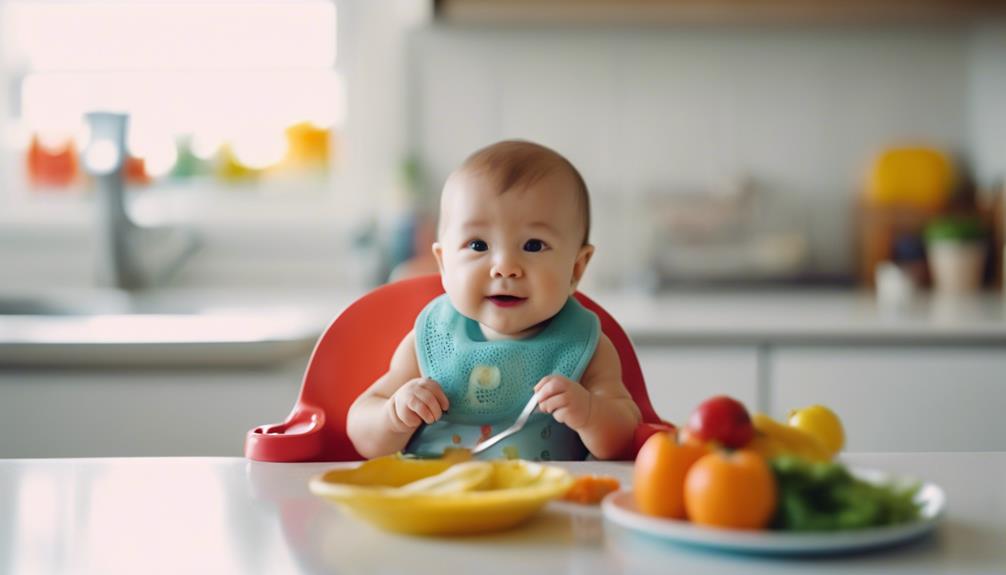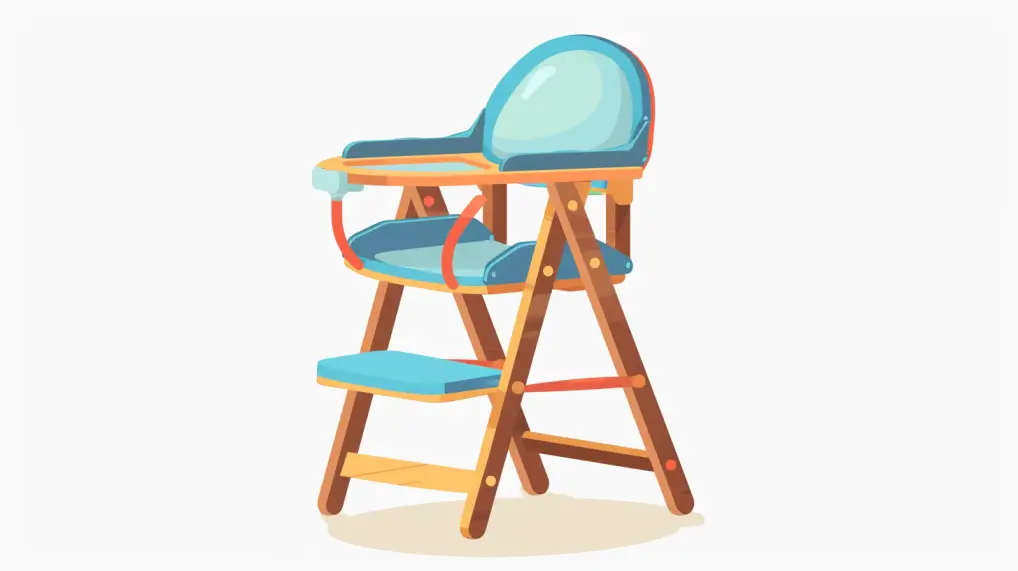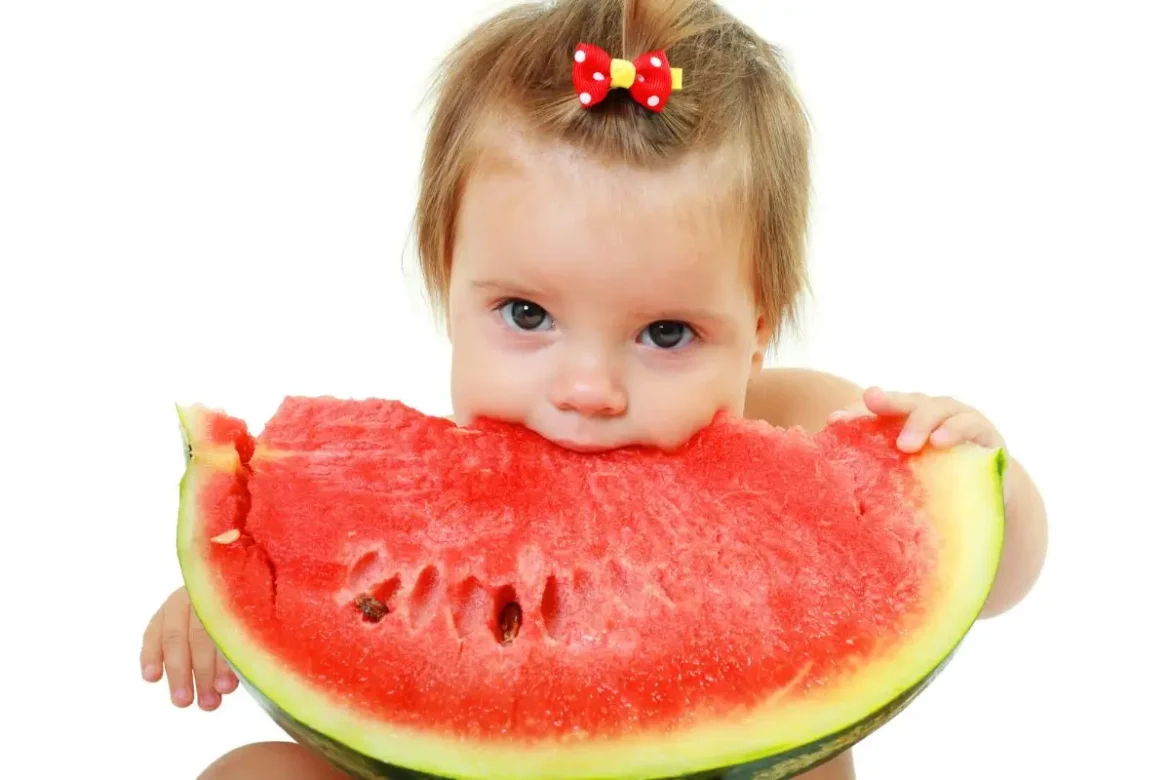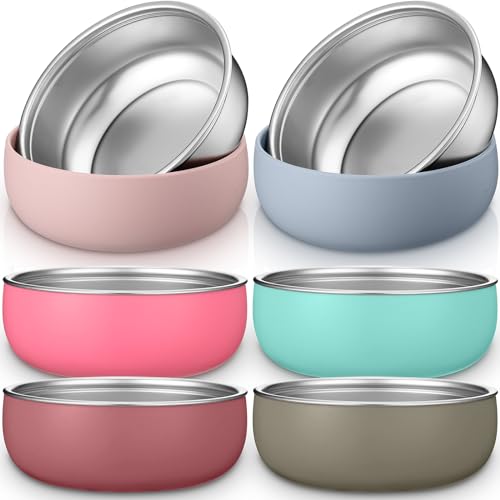As your little one begins to reach the milestone of baby-led weaning, understanding the “baby starting solids essentials” can greatly assist you on this journey. Due to the significant transformation, both you and your baby are affected when transitioning to solids.
It’s a time filled with excitement, anticipation, and admittedly, a few messes. This infant feeding guide provides you with everything you need to navigate this new stage with confidence, ensuring your baby enjoys a variety of nutritious foods while developing lifelong healthy eating habits.
From choosing the right feeding tools to selecting appropriate first foods and managing the cleanup, I’ve got you covered on this wonderful culinary adventure with your baby.
Understanding Baby Starting Solids Essentials

In our journey of introducing our little ones to solid foods when they reach about six months old, we find it crucial to grasp the basic principles of infant solid food. This stage marks a significant point in their growth.
➤ We start with purees made from a single ingredient or soft finger foods, slowly adding a variety of iron, protein, healthy fats, and nutrient-rich foods.
➤ We avoid giving them honey, cow’s milk, and potential choking hazards like nuts.
➤ Our focus during mealtime is to watch out for allergy signs and introduce common allergens in tiny portions. By keeping these baby-weaning essentials in mind, we can successfully navigate this thrilling phase and support our child’s development.
**Disclosure: This page contains affiliate links. If you choose to purchase after clicking a link, I may receive a commission at no extra cost to you.
#1 Essential Feeding Tools
Having covered the basics of introducing solid foods, we’re now ready to explore the vital tools we need for feeding our little ones.
- Baby spoons: They play a key role in serving purees and boosting our babies’ hand-eye coordination.
- A sippy cup: They help our babies transition from bottle feeding and encourage their oral motor skills.
- Plates and bowls: They are crucial for portioning and serving our babies’ meals.
Equipped with the right tools, such as baby spoons, sippy cups, plates, and bowls, we can ensure a seamless and successful transition to solids.
RELATED ARTICLE: 10 Best Puree Recipes for Babies
#2 Choosing the Right High Chair

When it comes to the task of selecting the appropriate high chair for our baby, it’s important to find one that’s safe, comfortable, and aligns with our lifestyle.
- Safety features are a top priority; we always want to ensure our baby is secure during mealtimes. So, we look for high chairs equipped with harness straps and reliable locking mechanisms.
- Next, we consider the practicality of the high chair. As we all know, babies can be messy eaters. Therefore, we prefer high chairs with an easy-to-clean design, like wipeable surfaces and a removable tray, which makes the clean-up process quick and hassle-free.
- Lastly, we value flexibility and portability in a high chair. Adjustable height and a foldable design are features we look for, as they allow the high chair to adapt to our baby’s growth and suit our living space perfectly.
#3 The Importance of Bibs
Just like picking the perfect high chair, we can’t stress enough how important a good bib is during our baby’s mealtime. Our lifesavers are these waterproof silicone bibs, they protect our baby’s clothes from food spills and stains.
These bibs come with adjustable straps, ensuring a perfect fit for babies of different sizes – this is crucial for it to work effectively.
➤ What sets silicone bibs apart is their ability to catch crumbs and spills, making our cleanup after meals so much easier.
➤ I also recommend considering bibs with a terry lining for extra absorbency during those particularly messy meals.
➤ Most importantly, you should choose a bib with a comfortable design that rests easily on your baby’s shoulders, avoiding any discomfort.
Selecting the right bib can make mealtime a more enjoyable experience for both us and our baby.
Hope your baby will want to wear one. My firstborn wasn’t a fan, and that came with a lot of stress and washing and cleaning.
#4 Selecting Safe Baby Spoons

Ensuring a safe and successful feeding experience for your little one requires a safe baby spoon with careful consideration of factors like material, size, color, and design.
Here’s what we look for when selecting baby spoons:
- Choose spoons made of safe materials, such as platinum silicone, as they don’t allow harmful chemicals to mix with our baby’s food.
- Buy small, flexible spoons as they’re gentle on our baby’s developing gums and teeth.
- I found that using brightly colored spoons can make mealtime more interactive and enjoyable for our little one.
#5 Useful Bowls and Dishes
We understand how important it is to have the right bowls and dishes for our little ones’ meals. Picture this: you’ve got your baby all set in their high chair, and then, whoosh! Their food is all over the floor. This happened to me so many times!!
1
Suction bowls
That’s exactly why we love suction bowls. They keep food right where it should be – in the bowl, not on the floor.
2
Silicone divided plates
We’re also big fans of silicone divided plates with suction bases. They make it so easy for us to control portions and serve a variety of foods.
3
Bamboo dinnerware set
And who can forget about bamboo dinnerware sets like CINK? They’re not only super easy to clean, but they’re also eco-friendly and non-toxic.
4
Stainless steel baby bowls
And let’s not leave out the trusty stainless steel baby bowls. They’re safe, durable, and another fantastic choice. Trust us, having the right dishes can really make mealtime a lot easier and more fun for all of us.
Kids must love their bowls and dishes, trust me. That is one of the most important baby starting solids essentials!
#6 Introducing Baby Drinking Cups

Moving your little one from bottle feeding to drinking independently is a significant milestone. We can help ease this transition and make it an exciting journey with baby drinking cups.
Introducing Baby Drinking Cups, we designed these to assist your baby from bottle feeding to independent drinking. These cups foster oral motor abilities and self-reliance. They come in various styles to cater to your child’s requirements.
For Durability, we suggest you opt for sturdy options like the stainless steel cups from Cupkin. These cups are safe, long-lasting, and crafted perfectly for your little one’s tiny hands, eager to learn new skills.
#7 The Role of Splash Mats
When we introduce our little ones to solid foods, we find splash mats to be a crucial aid. These mats, which we neatly tuck under the high chair, act as a shield for our floors, catching any food or drink spills during feeding time. We appreciate their waterproof nature which makes cleaning up after meals a breeze – a simple rinse is all it takes.
Furthermore, they excel at handling messy purées and unavoidable spills, making them a go-to for most mealtimes. By investing in a splash mat, we not only maintain a semblance of order amidst the chaos but also ensure a clean feeding area for our baby. This is why we believe splash mats are a game-changer, transforming meal times into less messy and more manageable experiences.
#8 Baby Food Maker Essentials

As we introduce our little ones to solid foods, we find that a baby food maker is a crucial tool in our kitchen. This handy device lets us whip up homemade baby food that’s fresh, packed with nutrients, and free from any preservatives.
It not only simplifies the process of preparing baby meals but also gives us the flexibility to create a variety of textures that suit each stage of our baby’s feeding journey.
Here’s what we need to know about baby food makers:
1
So practical
These devices are engineered to steam, blend, defrost, and reheat food.
2
Best brands
Some of the well-known brands are Beaba Babycook, Baby Bullet, and Cuisinart Baby.
3
Total control
The versatility of baby food makers gives us total control over the consistency and texture of the food.
#9 Cleaning Supplies for Meal Times
We believe that it’s just as important to have the right cleaning supplies handy for meal times as it is to have a dependable baby food maker. We always ensure that we’ve essential items, such as:
- baby wipes,
- sponges,
- and a high-quality cleaning spray.
These tools aren’t only vital for maintaining a clean environment, but they also make the clean-up after meals a lot easier.
We always keep a stack of baby wipes ready for cleaning little hands and faces quickly, and sponges are useful for a swift wipe down of the high chair. A specially formulated cleaning spray for baby feeding gear is crucial in our routine to get rid of any lingering bacteria. We understand that keeping the feeding space clean and hygienic contributes greatly to the health of our baby.
Frequently Asked Questions
What Do I Need to Buy for Baby Starting Solids?
You’ll need a high chair, easy-to-clean bibs, baby spoons, bowls, and transition cups. It’s about creating a safe, clean space for your little one to explore new tastes and textures. Be patient, it’s a learning curve.
What Should I Start With Solid Food for My Baby?
Start with iron-rich foods like pureed meats or fortified cereals. Gradually introduce fruits and veggies, grains, and proteins. Always monitor for allergies and remember, it’s about exploring tastes and textures, not just nutrition.
What to Avoid When Starting Solids?
Navigating the world of solids can be daunting. Avoid honey, choking hazards like whole nuts, sugary, high-sodium foods, cow’s milk as a main drink before 1 year, and unpasteurized dairy or raw meats. Read more on when should kids start eating honey.
How Many Times a Day Should I Feed Solids to My 6 Month Old?
You should start feeding your 6-month-old one solid meal per day, gradually increasing to 2-3 meals. Breast milk or formula remains their primary nutrition source, so solids are just a supplement at this stage.
Conclusion
As you start this delicious journey with your baby, remember, patience is key. It’s a joyous rollercoaster filled with messy moments and adorable expressions. Hope these baby starting solids essentials will guide you on this exciting milestone.
Did you know, according to research, around 94% of parents introduce solids by 6 months? So, you’re not alone in this adventure.
Keep the essentials handy, take baby steps, and treasure these precious moments. After all, you’re paving the way for your baby’s lifelong healthy eating habits.












